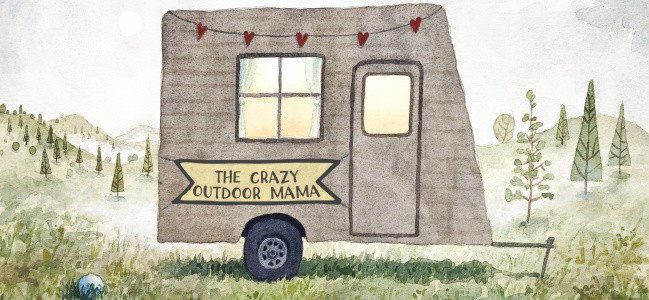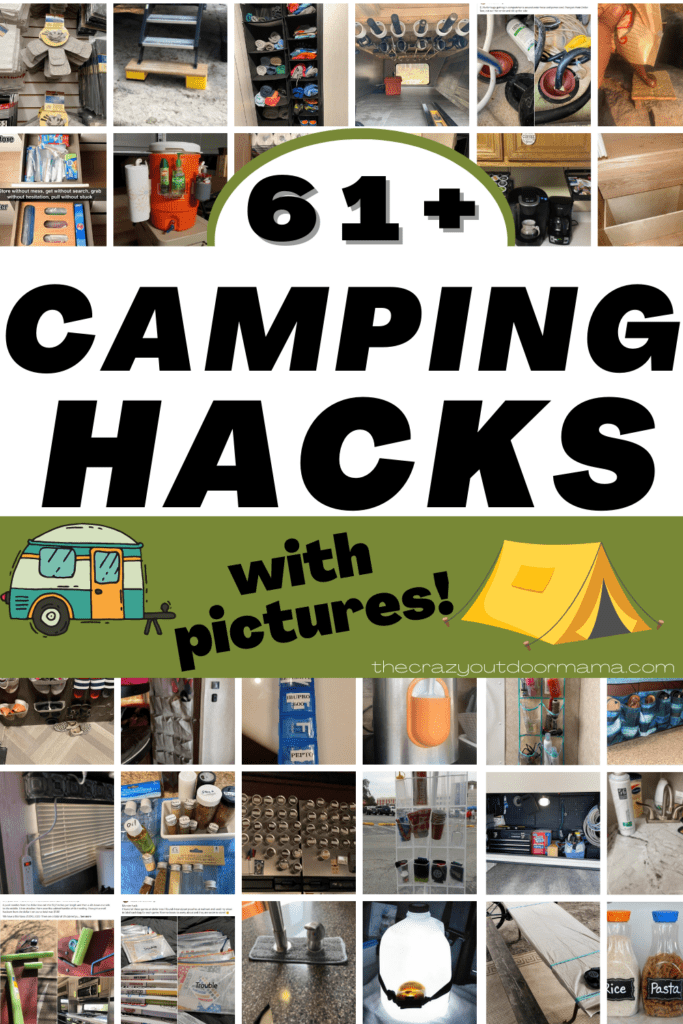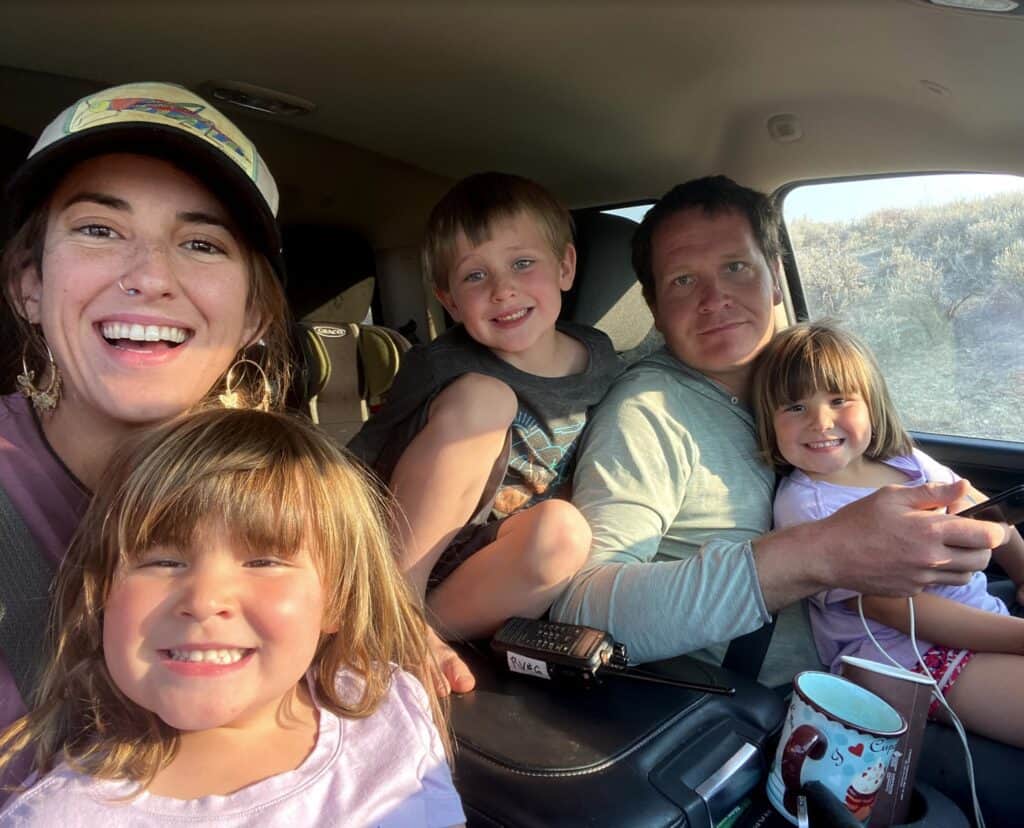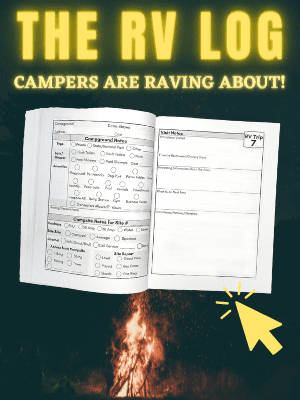As more and more people are spending time outdoors kayaking, canoeing, and stand-up paddleboarding, it’s more important than ever that all of us paddlers learn how to “Leave No Trace”.
All outdoor activities can take their toll, but waterways and shorelines are teeming with life and are especially delicate. And although we want to have an awesome time boating, we can’t do it at the expense of mother nature. That’s where Leave No Trace principles can help.
Although the Leave No Trace Center for Outdoor Ethics promotes their Leave No Trace Seven Principles primarily for taking care of land, the same principles apply when on kayak camping trips as well.
Yes, kayakers spend most of their time on the water. But on camping trips, they’ll still need to walk to a campsite, make a campsite, and pack out waste.
So the next time you head out on the water, what are the 7 Leave No Trace Principles you need to keep in mind?
Let’s have a quick look.
Table of Contents
What Is Leave No Trace Anyway?
Leave No Trace is more than just not throwing a piece of garbage in the river. Leave No Trace or LNT refers to the best practices we all should follow in order to protect and preserve the outdoors.
Instead of just being a list of rules, LNT focuses on helping outdoorsy people like you and I make responsible decisions anytime we spend time outside — decisions that will help keep mother nature happy and healthy.
You could even say that picking up your dog’s “business” from the local park is a way to leave no trace!
The Seven Leave No Trace Principles for Kayakers
Here are the 7 Principles of Leave No Trace that we all should follow while boating.
- Plan ahead and prepare
- Travel and camp on durable surfaces
- Dispose of waste properly
- Leave what you find
- Minimize campfire impacts
- Respect wildlife
- Be considerate of other visitors
1 – Plan ahead and prepare
If you’ve already read my Guide to Your First Kayak Camping Trip, you know how important it is to be prepared.
You’ll enjoy your kayaking trip more and be less likely to prevent damage to natural resources.
Here are a few tips for planning ahead to leave no trace while kayaking and canoeing:
- Research the waterways ahead of time. Check local regulations. Are there any restrictions on where you can pull ashore and camp? Do they allow campfires? What permits will you need?
- Prepare for emergencies. This is especially important when sea kayaking or paddling on rivers that could quickly grow after a thunderstorm.
- Plan to kayak in smaller groups. Large groups of kayakers have a larger impact on the environment (bigger campsites, fires, camp latrines, etc.)
- Pack your food to minimize waste. See my guide How to Pack Your Kayak for a Camping Trip.
2 – Travel and camp on durable surfaces
If you can find a well-established campsite, it’s best to stay there. If you’re way out in the backcountry, then try to avoid camping anywhere it looks like someone else has already camped. The backcountry should look like you were never there.
And if you can’t find any well-established campsites, try to avoid setting up camp right at the water’s edge. Riparian zones are delicate and easily damaged. So try to stay at least 200 feet (70 big steps) away from the water’s edge.
3 – Dispose of waste properly
Here are a few tips for disposing of waste and trash properly while kayak camping.
- Pack it in, pack it out. Whatever you bring, take it back out with you. That’s why it’s a good idea to bring some extra plastic or large Ziploc bags.
- When it’s time for number 2, take care of business well away from any water (200 feet away or 70 big steps). Dig a cathole about 6-8 inches deep. Deposit. Then fill in the hole with the same dirt you removed. It’s a good idea to bring along some plastic doggy bags and/or ziploc bags for toilet paper and wet wipes.
- Check local regulations on human waste. Some highly impacted areas require ALL human waste to be packed out.
- Use biodegradable soap and dispose of rinse water well away from streams, lakes, and rivers.
- Leave your campsite cleaner than when you found it.
4 – Leave what you find
Take as many selfies as you want! Other than that, don’t take anything else – leave things as they are. Cool rocks and funny-looking sticks belong in the wild, not collecting dust in a box in your garage.
5 – Minimize campfire impacts
A campfire can be one of the most destructive parts of any kayak camping trip. If you’re able to, just stick to a small camp stove and lantern for cooking and light in the evening.
*Don’t miss my Kayak Camping Kitchen Guide with more tips for preparing food while kayaking.
If there are no fire bans in effect you’re allowed to create a fire, minimize its impact by…
- Using established fire rings.
- Not making the fire any bigger than it has to be.
- Burning sticks that are already on the ground.
- Be sure fires are completely put out before leaving.
TIP: Bring along a portable firepit like one of these!
UCO Flatpack Portable Stainless Steel Grill and Fire Pit
Fireside Outdoor Pop-Up Fire Pit
6 – Respect wildlife
I know, I know… a picture of you with a beaver sitting on your kayak would look great on Instagram, but it’s not a good idea. Not only can approaching wild animals be dangerous for you, it’s also bad for the animals.
- Observe wildlife from a distance with binoculars or a zoom lens
- Never feed wildlife.
- Store food in bear canisters if you’re in bear country.
- Avoid wildlife during mating season, when they’re with their young, or likely to be hungry.
7 – Be considerate of other visitors
Treat others as you would like to be treated. Think about how your actions will affect fellow paddlers.
Sure, it would be loads of fun to strap a wireless speaker on your kayak and blast Come Sail Away as you’re paddling. Most kayakers love being on the water because it’s so peaceful. Keep it peaceful.
We Need Our Waterways – Let’s Take Care of Them
So the next time you head out on a kayaking trip, whether it’s overnight or just for the day, remember the seven Leave No Trace principles.
- Plan ahead and prepare
- Travel and camp on durable surfaces
- Dispose of waste properly
- Leave what you find
- Minimize campfire impacts
- Respect wildlife
- Be considerate of other visitors
Let’s all do our part and preserve our beautiful waterways while having a blast in the outdoors!
Want some more practical tips for your next kayak camping trip? Don’t miss my other kayaking articles!
- THE ULTIMATE GUIDE TO YOUR FIRST KAYAK CAMPING TRIP (+PACKING LIST)
- 8 BEST KAYAKS FOR YOUR FIRST KAYAK CAMPING TRIP – COMPLETE GUIDE
- KAYAK CAMPING DESTINATIONS – 5 OF THE BEST PLACES FOR YOUR FIRST OVERNIGHT KAYAK TRIP
- Solar Eclipse 2024 Kids Printable Activity Pack! - April 8, 2024
- 11 RV Bathroom Makeovers to Inspire You! - April 7, 2024
- 13 Dreamy Hammock Camping Set Up Ideas + Pics - February 22, 2024




